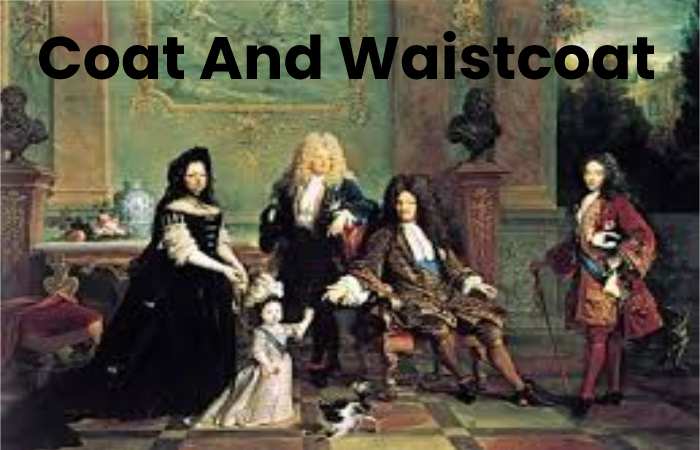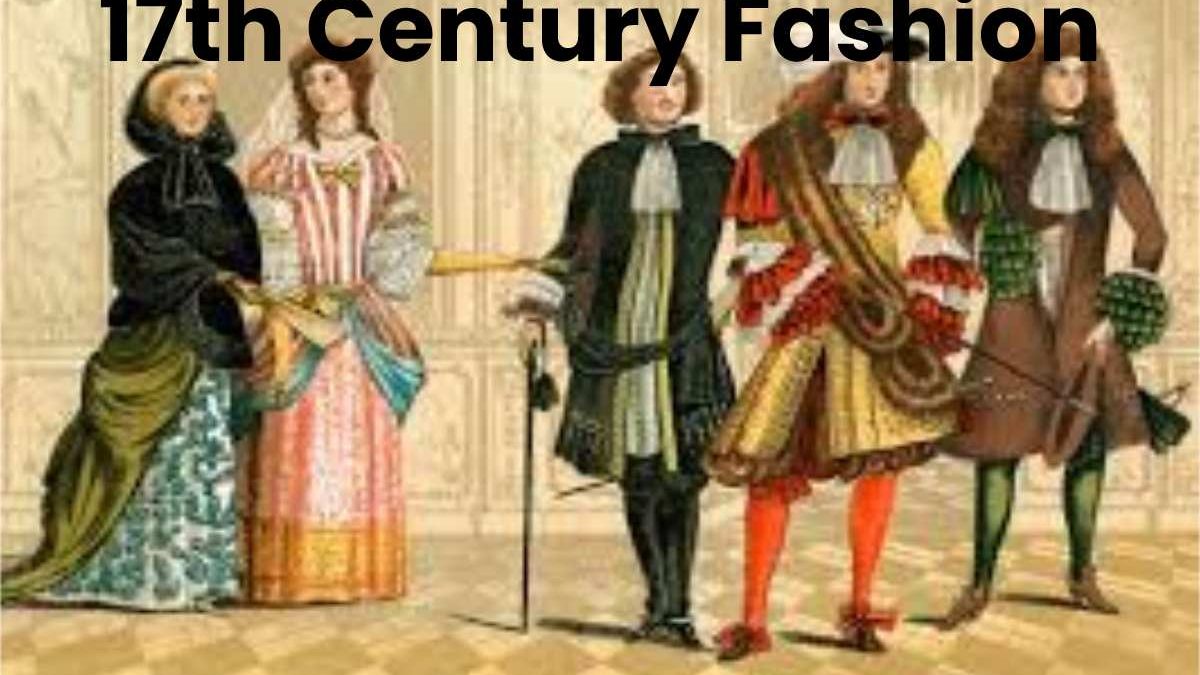17th Century Fashion: Fashion trends influenced the clothing worn by Europeans during the seventeenth-century rapid style changes were influenced by trendsetters as never before. During the century, garments went from restrictive to comfortable and back to restrictive again.
The excessive ornament was stripped away and added to clothing for both men and women. While the wealthy continued to determine the most popular styles, political preferences and the rise of the middle classes also began to influence fashion significantly.
Table of Contents
Overview
The comprehensive, high-waisted look of the previous period was gradually outdated by a long vertical line, with horizontal stress at the shoulder. Full, loose sleeves over just below the elbow in mid-century became longer and snugger in keeping with the new trend.
The body remain firmly corseted, with a low, broad neckline and dropped shoulder. In later decades, the overskirt was haggard and pinned to display the dress, which remained heavily ornamented.
Spanish people’s court fashion sustained out of stage with the techniques that arose in France and England. And prosperous Holland also retained its modest styles, especially in headdresses and hairstyles. As it had retained the ruff in the previous retro. Since you’re interested, you may also read this article: Cam Newton Fashion
Men’s Fashion
With the finish of the Thirty Years’ War, the styles of the 1650s and initial 1660s copied Europe’s new peaceful and more relaxed feeling. The military boots gave way to shoes, and an obsession for baggy breeches, short doublets, and hundreds of yards of the band set the style.
The breeches (see Petticoat breeches) became so baggy that Samuel Pepys wrote in his diary: “And among other things, met with Mr Townsend, who told of his mistake the other day to put both his legs through one of his knees of his breeches, and so went all day.”
(April 1661) The wide breeches that made such an error possible soon remain gathered at the knee: Pepys noted, 19 April 1663, “this day put on my close-kneed coloured suit, which, with new stockings of the colour, with the belt, and new gilt-handled sword, is very handsome.” This era was also one of significant variation and change.
Coat And Waistcoat

The unfitted looser fit of the 1640s continued into the 1650s. In the 1650s, sleeves of the doublet ranged from above to below the elbow. The sleeves could be slashed, unslashed, or divided into two parts and buttoned together.
The doublet length reached the waist, but by the late 1650s and early 1660s, the doublet became very short, only reaching the bottom of the rib cage, much like a bolero jacket. During the 1660s, the sleeves varied greatly from elbow length to no sleeves.
The doublet could remain worn opened or buttoned in the front. One common factor remain many yards of ribbon loops arranged on the shoulders and the lower parts of the sleeves.
Fashions in the early seventeenth century sustained the trends of the previous century: men’s doublets and women’s bodices remained worn tight. And hardened with rigid stays or padding, women’s skirts remained given complete. Severe forms with the help of farthingales or hoops.
The garments of both sexes were laden with decoration, from jewellery to lace to the showiness of multiple contrasting fabrics. By the 1620s, however, panaches began to change pretty dramatically.
While the clothes worn remained the same, such as the doublet, breeches. And tube for men and long gowns for women, the overall trend through the midcentury was toward softness and comfort.
To allow for more effortless movement, waists on doublets and women’s bodices rose higher. And the stuffing on both doublets and bodices remain detached.
The starched ruffs and whisks that once surrounded the neck remained replaced with the softer. More contented falling and standing bands. Women’s covers began to rise, showing first the wrist and then the whole forearm.
Except for petticoat breeches, men’s backsides lost their bagginess and became slimmer and calmer to move in. People continued to value rich materials and beautiful design. But they set aside the rigid formality of earlier ages and didn’t add ornament for decoration’s sake.
Overall, the trend finished the first sixty years of the period was toward looseness, comfort, and elegance. Since you’re interested, you may also read this article: Fashion Sense
French influence
These changes in fashion reproduced the rising influence of France, with its more accessible sense of style, and the shrinking effect of Spain, with its stiff formality.
French Monarch Louis XIV (1638–1715), who ruled from 1643 to 1715, helped make France the significant fashion influence of the century.
Louis believed he could make the best principal in his country by setting an example of style and taste in everything from architecture and furniture to food and fashion.
He surrounded himself with a vast court of officers and advisers and held numerous lavish balls at which wealthy nobles competed to wear the most tasteful and elegant clothes. Louis’s palace at Versailles became the centre of French fashion.
Conclusion
At the same time, France became Europe’s leading producer of luxury goods. French cities led the production of silk, lace, and brocade. And they aggressively exported these materials to other countries, expanding their influence. France also exported its fashion in different ways, such as through fashion publications.
Also read : Destiny 2 Fashion

